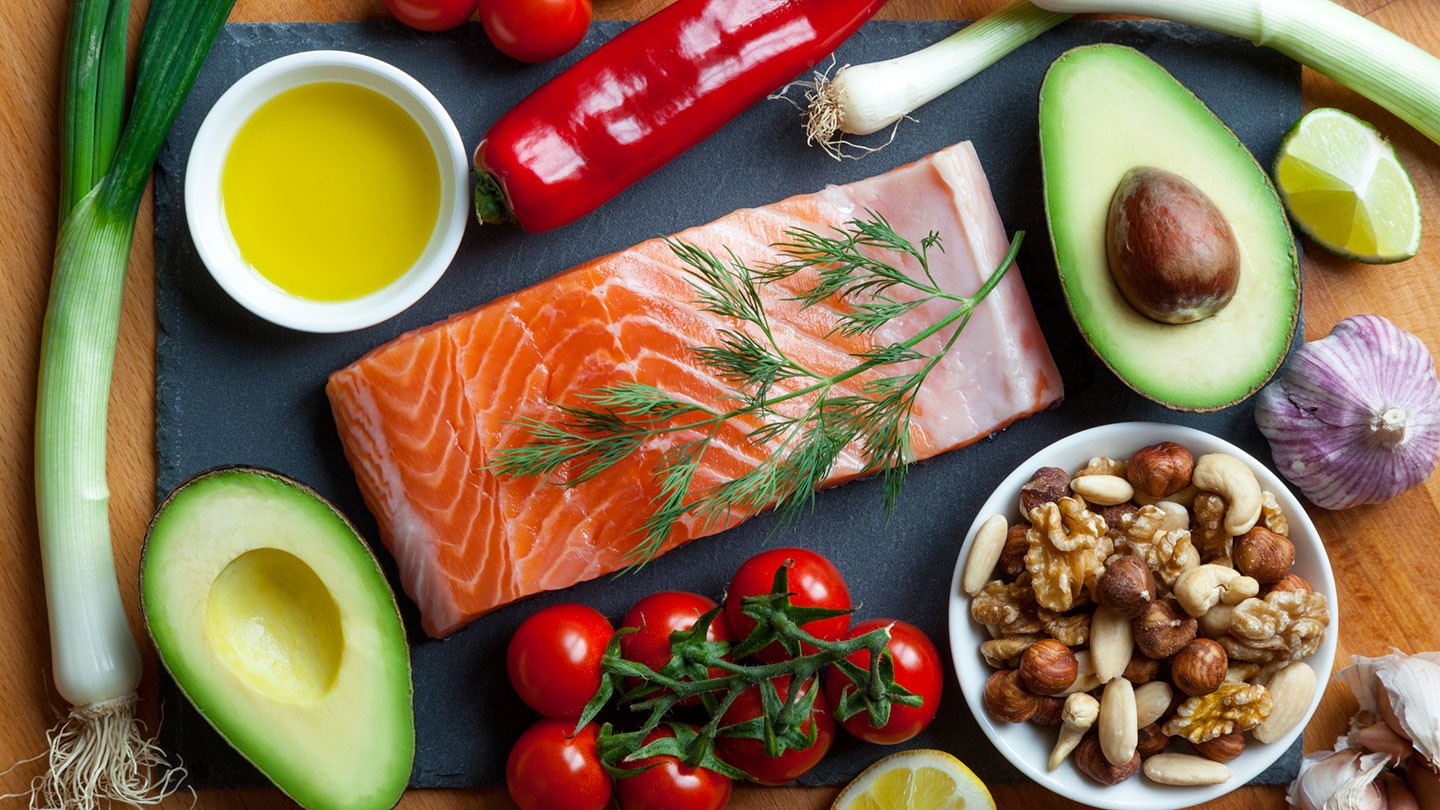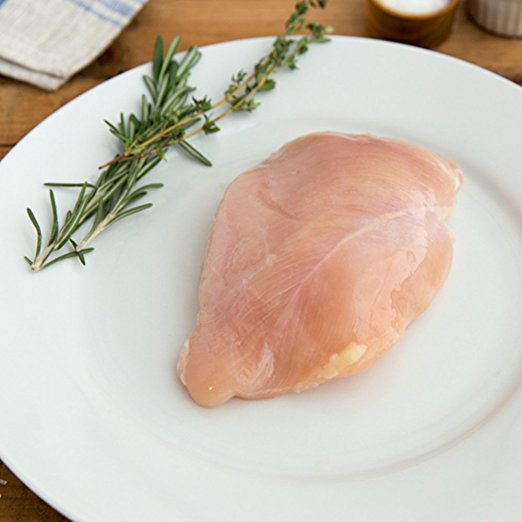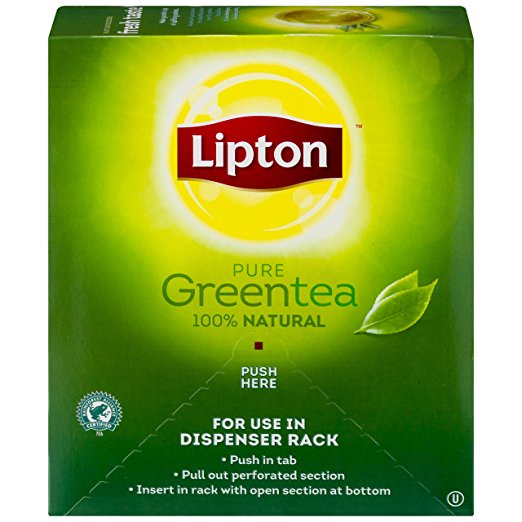Getting Started with the Paleo Diet
The Paleo Diet has become one of the most popular weight loss programs – and for good reason. This diet is associated with eating a diet high in protein and free from refined carbs.
From elite athletes to people looking to improve their health, the Paleo Diet is a great choice. But is it right for you? Not everyone has the same preferences and needs, so let’s look at the basics of how it works.
Benefits of the Paleo Diet
The Paleo Diet has many benefits. Most people who are beginning this program are looking to lose weight. By changing your lifestyle to the Paleo diet you’ll make sure you have success in losing weight.
But there many other benefits of this program including:
- Reducing inflammation in the body that can lead to chronic disease and aging
- Better sleep
- Higher energy levels
- Hormonal balance
- Decrease in gas and bloating
- Improved cholesterol
- Lower risk of heart disease, cancer, and diabetes
- Reduction in allergies
- Better muscle tone and fewer aches and pains
- A feeling of improved mood
Who wouldn’t want to have these additional health benefits? By following this simple program, you can feel better than you’ve ever felt before. And while this plan may seem very different from the way you’re eating now, you’ll find that it’s actually simple to follow.
Paleo Basics
Before you can get started with the Paleo Diet, it’s important that you understand some of the basics about this program. Paleo is short for Paleolithic. This diet is also sometimes called the Cave Man Diet.
That’s because the premise of this program is that you eat like your ancestors who lived during prehistoric times. They were lean and toned because they used only the most natural foods for their body.
The idea is that they didn’t have the luxuries of processed foods including grains and factory meats. Instead they hunted and gathered – eating mainly fruits, vegetables, nuts and wild meats.
So what can you eat on this diet? You’ll be able to eat fresh fruits, vegetables, nuts, grass-fed meats, fish and other seafood, eggs, seeds, and healthy oils such as olive, flaxseed, and coconut oils.
It’s also best if you choose to eat organic foods as much as possible – since those are free from any pesticides, antibiotics, or herbicides that can actually be toxic for your body and cause inflammation.
Basically, you want to focus on eating whole, unprocessed foods that are as free from toxins as possible. As you begin to follow the Paleo diet, you’ll see that it makes a lot of common sense and isn’t all that hard to practice.
There are foods that you’ll stop eating once you begin the Paleo lifestyle. These include grains, dairy, potatoes, legumes (beans and peanuts), salt, refined vegetable oils (such as canola or soybean oils), refined sugar, and processed foods.
For some people, this isn’t a huge shift, but if you’re used to eating a lot of boxed or frozen dinners and fast food, then this is a drastic change. You’ll find that there’s a bit of an adjustment period when you learn how to prepare foods differently and get used to new tastes.
An Easy to Follow Plan
While you’ll have to make some big changes, this diet is actually one of the least difficult to follow in many ways. First, you don’t have to count anything. You won’t need to track any calories, carbs, protein grams, or points.
You also don’t have to worry about eating at specific times or following any other arbitrary food rules. As long as you’re eating whole foods and avoiding the foods that are off-limits, you’re following the plan.
Of course, you do also want to honor your level of hunger. Even with healthy food, you don’t want to stuff yourself until you feel sick and miserable. But you’ll find that there’s no need to feel hungry all the time – you can eat until you’re satisfied and listen to your body’s hunger cues.
Paleo Challenges
While in many ways, this program is simple to follow, it’s not without its challenges. The greatest challenge comes from not having the ability to run into the gas station or a typical fast food restaurant when you need a convenient bite to eat.
You’ll be eliminating processed foods and for some people, that takes away a lot of the convenience and requires much more food preparation than they’re used to.
This diet can also cause you to increase your food budget. The processed foods that aren’t allowed on this plan tend to be much less expensive than organic or grass-fed products.
However, you’ll find that you get that investment back in good health and fewer medical bills. You may also have challenges when you’re dealing with the temptations of the office break room, a potluck dinner, and attending holiday parties.
But as you get past the first month or two of the program, those temptations become fewer. No matter what the challenge is, careful planning can help you have a better experience with getting started and with sticking to the program.
Preparing Your Pantry
One of the first things you need to do is prepare your pantry and kitchen for the Paleo diet. That means getting rid of anything that’s processed or includes grains.
If you’re not ready to throw out food and waste it, consider donating it to a food bank. At the very least, if you don’t want to make a total commitment to this program, you should pack up the foods that aren’t part of the Paleo diet and ask a friend to store them for you.
Having those foods out of the house will make it easier to stick to the plan. You should also stock up on healthy foods to get ready. In addition to having items for the meals you plan to eat, you need to make sure you have plenty of snacks to prevent you from getting too hungry in between meals and going off of the plan.
Some good examples include: carrot sticks, beef jerky, herbal teas, a variety of nuts, applesauce, dried fruit, nut butters, and banana chips. You’ll also want to stock up on common ingredients in Paleo recipes such as olive oil, coconut oil, unsweetened almond milk, maple syrup, almond flour, and coconut flour.
Having these staples on hand will make it easier for you to grab a snack and prepare the foods you need for success.
Make a Plan
When you’re getting started with this new way of eating, it really helps to have a plan. How you plan depends on what works best for you. But at the very least you should have a weekly meal plan.
This makes it easy to know what you’re going to eat for your meals rather than having to make last minute choices that could throw you off track. Some people even prefer to plan further out – such as a 2 week or even one month plan.
For each day of your plan, you should have a breakfast, lunch, dinner, and two snack options. You may not always stick perfectly to your plan, but having one will help you adhere to the Paleo diet most of the time.
One of the greatest causes of failure is not being prepared, so this one step could mean the difference between success and failure. But once you’ve decided what to eat, you need to make sure you actually have what you need on hand.
Cook Once, Eat for a Week (or More)
When you’re eating using the Paleo lifestyle, you may find that you’re cooking a lot more than you once did. But weeknights, it can be tough to cook after a long day of work, errands, and obligations.
One way to beat this problem is to cook once for the entire week. And some people even choose to cook once for the entire month. That means preparing meals and then refrigerating or freezing them to use later.
It’s much easier to stay true to the diet when all you have to do is come home and heat up something that you’ve already prepared. If this sounds overwhelming to you, let’s break it down in a way that seems a little less intimidating.
All you need to do is take a look at your weekly meal plan. Go grocery shopping for everything on the list the night before you plan to cook. Then on cooking day, first do any chopping or other prep for vegetables and meats.
Next, start putting together the recipes and either putting them in a gallon size resealable bag to cook later or go ahead and cook them in the oven and reheat them later.
You can get an entire week’s worth of food prepared in three or four hours and be done cooking for the week. But what if that is still too much for you? Instead, you can just try to make each time you cook stretch a little longer.
Say you find a great recipe that you love. The next time you make it, double the batch. That way you can eat a meal that night and then you can have another serving of it later in the week or month.
All you have to do is put it in a container and pop it in the freezer – but make sure you label it so that you can find it again. If you do this a few times in a month, you’ll be able to get more out of the time you spend cooking in the kitchen.
Those extra meals are perfect for busy nights when cooking doesn’t seem doable, but you don’t want to grab a burger and go off of the plan.
Make a List of Go-To Convenience Foods
Even the most prepared people find that sometimes they’re out and about, hungry, and don’t have any snacks on them. Keep a list on your phone, in your purse, or in your wallet of snacks that will work and are convenient.
Some ideas include deli meat, bananas, apples, beef jerky, nuts, hard boiled eggs, and dried fruit. A salad without processed dressing can also be good – try squeezing a lemon on it for flavor.
You might also consider a can of tuna, Larabars (a commercial snack bar made from dates), guacamole and fresh veggies, and even a few squares of dark chocolate.
Eating out isn’t ideal when following the Paleo lifestyle, but you can do it from time to time without straying from good health. Just don’t be afraid to order your meal customized for your plan – they’re used to special requests.
Track Your Results
One way to stay motivated to get started and stick with the Paleo diet is to track your progress. For some people, this will solely be based on weight loss. But it’s a good idea to look beyond the numbers on the scale as you determine the effectiveness of the diet.
You can take photos of yourself at the beginning and then weekly to see if you can visualize any changes. You can also keep a journal about your energy levels, any health problems that you’ve experienced, and generally how you feel.
Seeing problems improve and getting closer to your goals will help you stay committed to the Paleo diet – even when it’s tempting to give up. The longer you do it, though, the better you’ll feel and the more results you’ll be able to document.
Seek Support and Keep Going
When you’re trying to overhaul your lifestyle, it can be tough to go it alone. Seek someone to go on this journey with you and get a little support. If you don’t have any friends or family members who want to try Paleo, you can always join online support groups.
It can really help to have someone else to share ideas and get tips for sticking to the diet. Having a diet buddy can help you feel more committed and motivated to adhere to your healthy eating plan.
Changing your lifestyle can be a big challenge. If you find that you eat something that isn’t part of the Paleo plan, don’t beat yourself up over it. Just get right back to your healthful eating plan and move forward.
Feelings such as guilt and remorse when it comes to food will only keep you from being able to stick to the plan long-term.
Recommended Products For Paleo Diet















